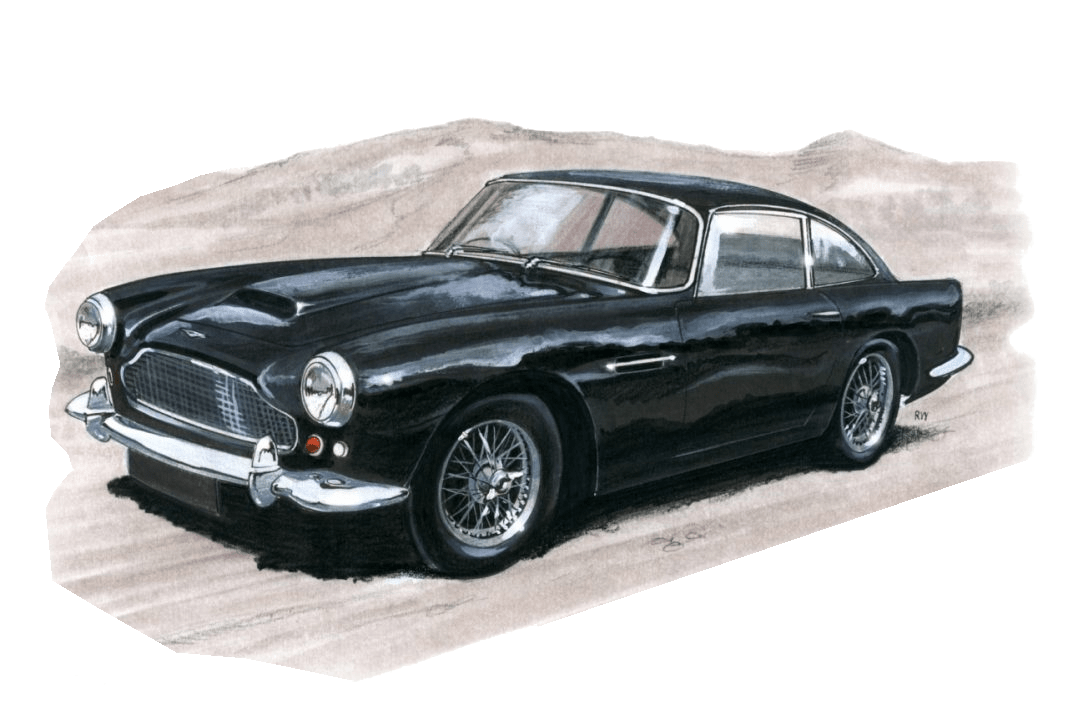
The world of automotive design and engineering has witnessed numerous iconic models, and among them, the Aston Martin DB4 stands out, setting a benchmark for luxury grand tourers. Introduced in September 1958 at the London Motor Show, the DB4 was an instant sensation, captivating car enthusiasts with its sleek design, cutting-edge technology, and impressive performance. However, one key aspect that remains relatively unknown among casual fans is the type of transmission that the original DB4 featured.
The Aston Martin DB4 was equipped with a manual transmission – a trend that was common during the era it was manufactured. However, it was not just any manual gearbox but a four-speed manual transmission, specifically designed and tuned to match the car’s performance characteristics. This transmission system played a crucial role in offering an engaging driving experience to DB4 owners.
Manufactured by the renowned Italian gearbox expert, Italian Graziano, the DB4’s four-speed manual transmission was a departure from the earlier three-speed units used in the DB2 and DB Mark III. This gearbox was a sophisticated addition to the DB4, maximizing power delivery while ensuring seamless gear changes.
The choice of a manual transmission for the DB4 reflected Aston Martin’s commitment to offering a driver-focused experience, allowing enthusiasts to feel connected to the car and enjoy the pleasures of shifting gears themselves.
The gearbox’s layout was an orthodox design, featuring a rear-mounted layout known as “transaxle.” This arrangement placed the transmission at the rear of the car, directly linked to the engine via a rigid prop-shaft. The positioning of the gearbox aimed to achieve improved weight distribution, enhancing the car’s handling and overall performance.
The transmission system in the DB4 also showcased Aston Martin’s dedication to refinement. It boasted a synchromesh mechanism, allowing for smoother and quieter gear changes compared to previous models. This synchromesh design enabled the driver to swiftly shift gears without the need to double-clutch, making the DB4 more accessible for both experienced and novice drivers.
The elegant design of the DB4’s transmission was complemented by another notable feature – the presence of an overdrive unit. While the four-speed transmission covered the essential gear ratios, the optional Laycock de Normanville electrically operated overdrive provided a fifth gear ratio, often referred to as the “overdrive gear.” This feature allowed for improved fuel efficiency and reduced engine noise at cruising speeds, making it an appealing option for those seeking long-distance comfort and economy.
The original DB4 offered an array of mechanical and technological advancements, and its manual transmission system played a significant role in the car’s success and reputation. By combining the power and agility of the Aston Martin engine with a refined gearbox, the DB4 offered an unforgettable driving experience that would create a foundation for the brand’s heritage.
The Aston Martin DB4 showcased the importance of a well-designed transmission system, providing enthusiasts with a fulfilling and engaging driving experience. While the world of automotive engineering has evolved significantly over the years, the DB4’s four-speed manual transmission remains an essential part of its legacy, reminding us of the importance of mechanical connections in creating a truly unforgettable driving experience.